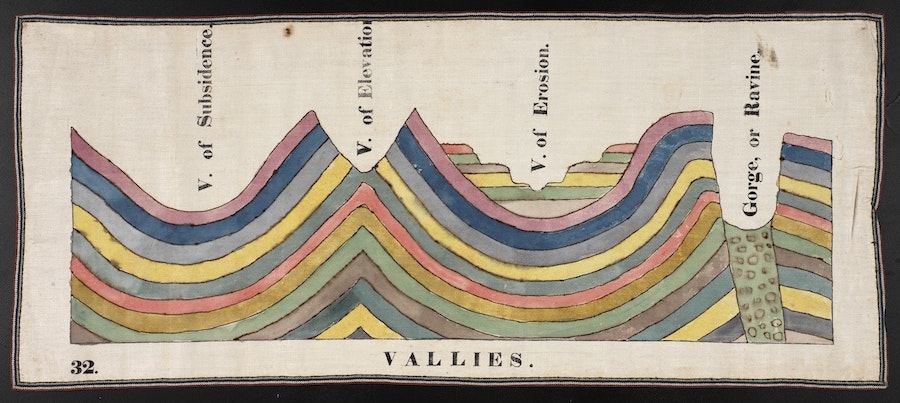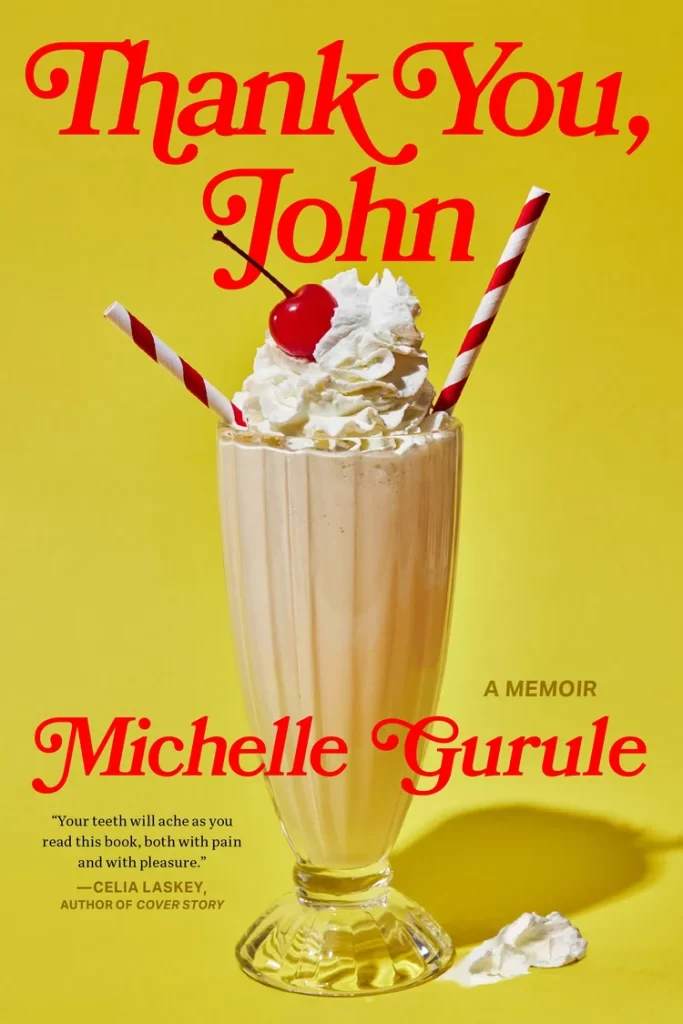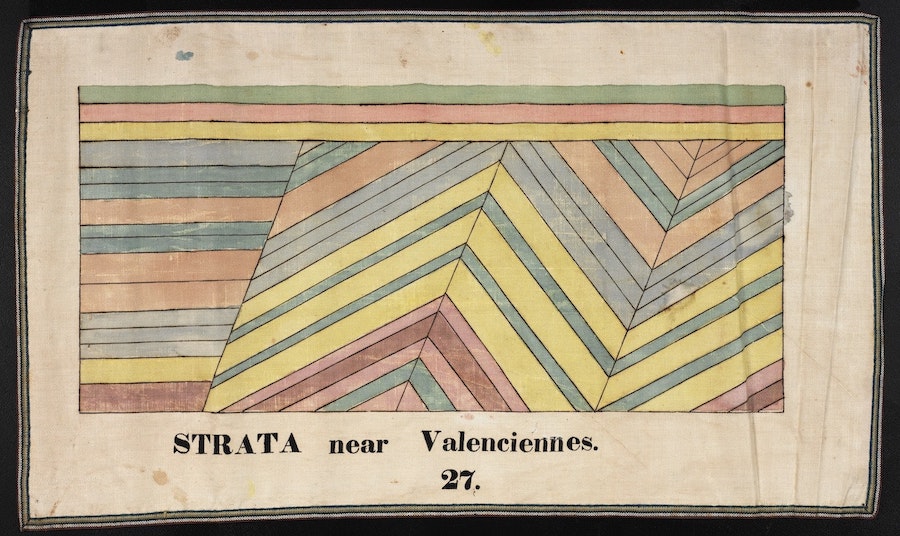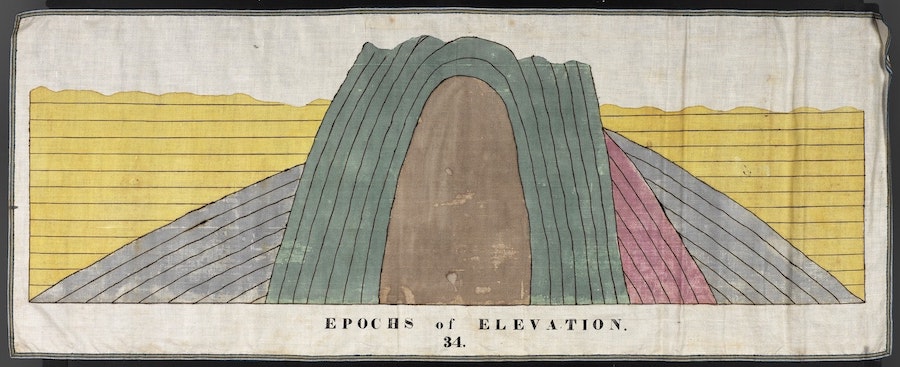Creative nonfiction is a tricky genre in that it typically starts out as processing a lived experience rife with complexity. Many of us come to the genre as keepers of journals, chronic processors, habitual seekers, and adamant sense-makers. We record everything and are generally superfluous. Those of us lacking discipline and impulse control—I’m talking about myself, here, if you couldn’t tell—often send long-form texts followed by, “Sorry for the essay,” then wonder why it takes our loved ones days, sometimes weeks, to respond. Brevity is not our thing. Details and rumination are.
This can make it challenging for a writer to know when a CNF piece is truly ready for submission. No matter how perfectly polished a work is, no matter the extravagance of metaphor, the depth of emotional exploration, sometimes a piece just isn’t ready. In my experience as a reader for Blue Mesa Review, many of the CNF submissions we received last spring were turned down, not because they were bad, so to speak, but because it was clear the writer had more investigating to do, and too much of it was still taking place in the submitted draft. What seems to happen is the writer spends the first several pages giving exhaustive exposition, or they describe a situation with limited reflection and vulnerability, thus leaving out the why of the story and creating blind spots in how they characterize themselves and others.
In creative nonfiction, if we leave too much for the reader to infer, we risk implicating others in unfair ways or coming across as naïve, self-effacing, self-absorbed, bitter, and so on. The work will read like a well-composed journal entry, a rant, or a personal vendetta—perhaps aesthetically interesting and even emotionally compelling, but maybe not how you want to represent yourself to the world.
More often than not, anything that doesn’t drive the narrative forward—like the six hundred magnificent words I wrote describing a dive bar in an essay about my loved one—can be easily cut. If that’s you, congratulations. You only have to toss out your hardest-wrought, most dazzling prose.
Where the need for more reflection is concerned, deeper on-the-page exploration is required, which means more drafts, and often takes some time-space marination to achieve or a spiritual lobotomy to mine one’s deepest, most personal truths. That isn’t to say I am looking for stories with grand revelations and tidy endings. I personally love an eviscerating story. But there’s got to be a high level of awareness, an inquisitory depth, and some kind of reconciliatory factor, even if it’s just a shrug of okay-ness. Some of my colleagues would disagree on that point. But I’m the one carrying The Torch of Discernment this season!
As for other qualifying factors for publication, I am a fan of narratives exploring identity, complex relationships, and class dynamics connecting story with cultural criticism, though not of the snarky, overbearing kind. Regional relevance matters, too, though it isn’t a dealbreaker. Genre-bending, lyrical pieces are encouraged as well, so long as we don’t lose the narrative, unless it’s a meditation, which I’d also welcome. Otherwise, if it’s a narrative you’re submitting, the story absolutely has to start before page five, preferably by page three, or else my hands will start doing that weird thing again, clawing for an iPhone.




